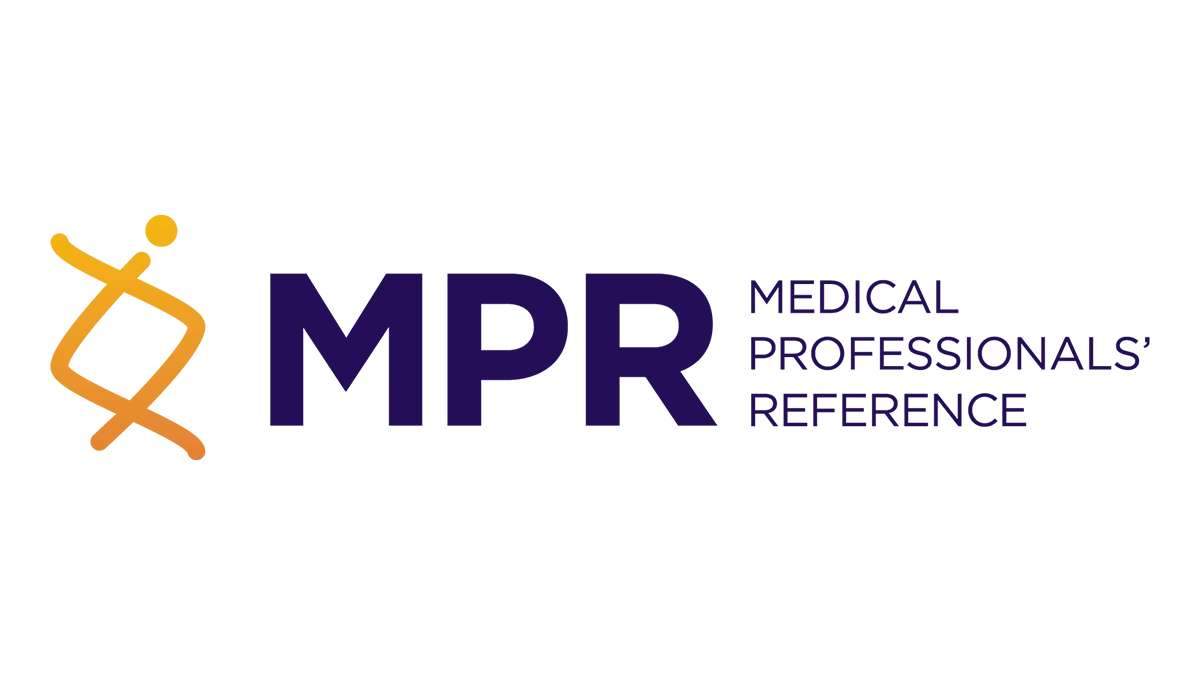Hematologic Disorders: Understanding Iron Deficiency Anemia

Understanding Hematologic Disorders
Hematologic disorders, particularly iron deficiency anemia, play a crucial role in the health landscape of the United States. Recent studies highlight that fourteen percent of US adults meet criteria for absolute iron deficiency.
The Impact of Iron Deficiency
Among those without anemia, various factors such as heart failure, CKD, and current pregnancy contribute to 11 and 15 percent experiencing absolute and functional iron deficiency. Addressing these issues early on is essential to improve health outcomes.
- Iron deficiency anemia is often overlooked.
- Patients with heart failure are at high risk.
- CKD patients must be monitored closely for iron levels.
- Pregnancy increases iron demand.
This article was prepared using information from open sources in accordance with the principles of Ethical Policy. The editorial team is not responsible for absolute accuracy, as it relies on data from the sources referenced.